Unpredictability, friend or foe?
Volcano Arenal conical shape. Photo by Dr. Ada Gonzalez
Volcanos tend to be unpredictable and as a result, people get uneasy, since they can’t be sure when or how things can happen around them.
While on a trip to Costa Rica, we spent 3 days in the Arenal volcano area. Arenal has the 3rd most perfect conical shape in the world and is considered one of the top ten most active volcanoes. Since a major eruption in 1968- it has been in near-continuous activity of one kind or another.
Our guide on the trail to the lava fields told us he is nervous about the volcano because it’s totally unpredictable, and you never know when it will decide to have another explosion. Since it has been relatively quiet for awhile, he fears when it does explode again it could bring danger to tourists and locals alike.
Dr. Ada and husband Roger entering the lava fields of Volcano Arenal.
When it comes to leadership, there are two extremes regarding predictability. On one hand we have those leaders who are set in their ways, staid, and perhaps boring. You know what they’re going to react and say before they open their mouth. They keep repeating the same actions that don’t work anymore, and interfere with innovation and growth. They are "sleeping."
On the other hand, there are those who are erratic, overly emotional and easily swayed by their circumstances. You’re never quite sure what you’re going to get, and you hope that you get them on a “good” day. Or at least that the “explosion” will not be too extensive or deadly.
Just like my guide is uneasy with the volcano’s unpredictability, unpredictable leaders produce uneasy followers. Predictability engenders trust and an unpredictable leader elicits anxiety and, in some cases, even fear, both of which negatively affect performance and productivity.
In an ideal world, leaders need to be both predictable and unpredictable. When circumstances are challenging and the pressure is intense, you need to be predictable as a leader. People need you to be even emotionally and to hear a consistent message. As a result, your people will not be scared to approach you with bad news, will feel safe, and therefore unguarded and open with you.
Alternatively, during easier times, you should be a leader who is a little bit unpredictable, who generates new ideas and fosters a culture of innovation. One who is constantly reading, learning and developing so that you can surprise your team with fresh insights and concepts that challenge the status quo, build momentum and take your people to a new level.
The same is true for relationships. Predictability increases trust, which is foundational for relationships. Yet, too much predictability creates boredom and gets couples into a rut. Unpredictability – or spontaneity, as I like to call it for relationships – creates excitement and freshness in the relationship.
So, the answer to the question in our title? BOTH! The reality is that both unpredictability and predictability can be friend and/or foe.
Remember. . .
Leaders that are perceived as stable, self assured, and predictable can more easily motivate teams to perform at higher levels and maintain their focus better than those that who are unpredictable. On the other hand, some unpredictability will spur innovation, spontaneity, and creativity. Make sure you can use both appropriately.


